Hemerocallis 'Big Time Happy'
Hemerocallis 'Big Time Happy' – 'Big Time Happy' Daylily
Hemerocallis 'Big Time Happy' – 'Big Time Happy' Daylily
Exposure
- Sun
- Part-sun
- Part-shade
Rusticity
Bloom time
- June
- July
- August
- September
- October
- Very long yellow bloom
- Large, lightly fragrant flowers
- Reblooms until frost
- Ultra-easy, robust perennial
- Ideal for borders
'Big Time Happy' Daylily is the quintessential easy-care perennial, designed to bring maximum joy with minimum effort. This variety stands out for its ability to produce wave after wave of large, brilliant lemon-yellow flowers. It is a true champion of long-lasting blooms that illuminates the garden non-stop from summer to fall, a reliable choice for any gardener.
Characteristics
- Foliage: It forms a dense clump of long, deciduous, fine and arching leaves in a lovely clear green.
- Flowering: The show is nearly uninterrupted from summer to frost. The plant produces a profusion of large (larger than the popular 'Stella de Oro'), trumpet-shaped flowers. Each luminous, lemon-yellow flower with slightly ruffled petals is delicately fragrant and lasts only a day, but they follow one another endlessly.
- Light: It thrives and flowers most abundantly in full sun, but also adapts to a location in partial shade.
- Habit: It forms a clump with a bushy and rounded habit, with gracefully arching foliage.
- Growth: With a medium growth rate, it reaches a height and spread of 45 to 60 cm (18-24 inches).
- Moisture: It prefers average moisture conditions.
- Soil: It is a very adaptable plant that grows well in a wide variety of soils, but prefers rich, well-drained soil.
- Hardiness: Extremely hardy, it faces Zone 3 winters without any problem.
- Resistance: It is a very robust perennial, generally unaffected by diseases or insects.
Uses
- Types of Use: It is an all-purpose plant perfect for beds, borders, mass plantings, or for stabilizing slopes. It also performs very well in containers.
- Ornamental Features: Its main asset is its ability to provide a constant splash of bright yellow colour over a very long period. It brings light and cheerfulness to the garden.
Care
- Watering: Water regularly during the first season to establish it well. Afterwards, it tolerates drier conditions.
- Fertilizing: It is not very demanding, but a spring application of compost can encourage an even more spectacular bloom.
- Pruning: Remove spent flower scapes as they appear to keep the plant looking tidy and to stimulate the production of new flowers. Cut the foliage back to the ground in the fall or spring.
- Planting: Plant it in the spring or fall. Divide clumps that have become too dense every 4 or 5 years to rejuvenate the plant.
- Winter Protection: No protection is required for this very hardy perennial.
Plant details
Dimensions
Dimensions
Characteristics
Characteristics
Habit:
- Mounded
Flowering colours:
- Yellow
Plant needs
Plant needs
Watering:
- Tolerates dry, well-drained soil
Maintenance:
- Easy
- Deadhead
- Divide
Soil requirement:
- Adaptable
- Well-drained
Features
Features
Resistance:
- Drought
Attract:
- Butterflies
- Hummingbirds
- Pollinators
Use:
- Border
- Groundcover
- Mass planting
- Slope
- Container
- In ground
Attribute:
- Long blooming
- Successive blooming
- Fragrant


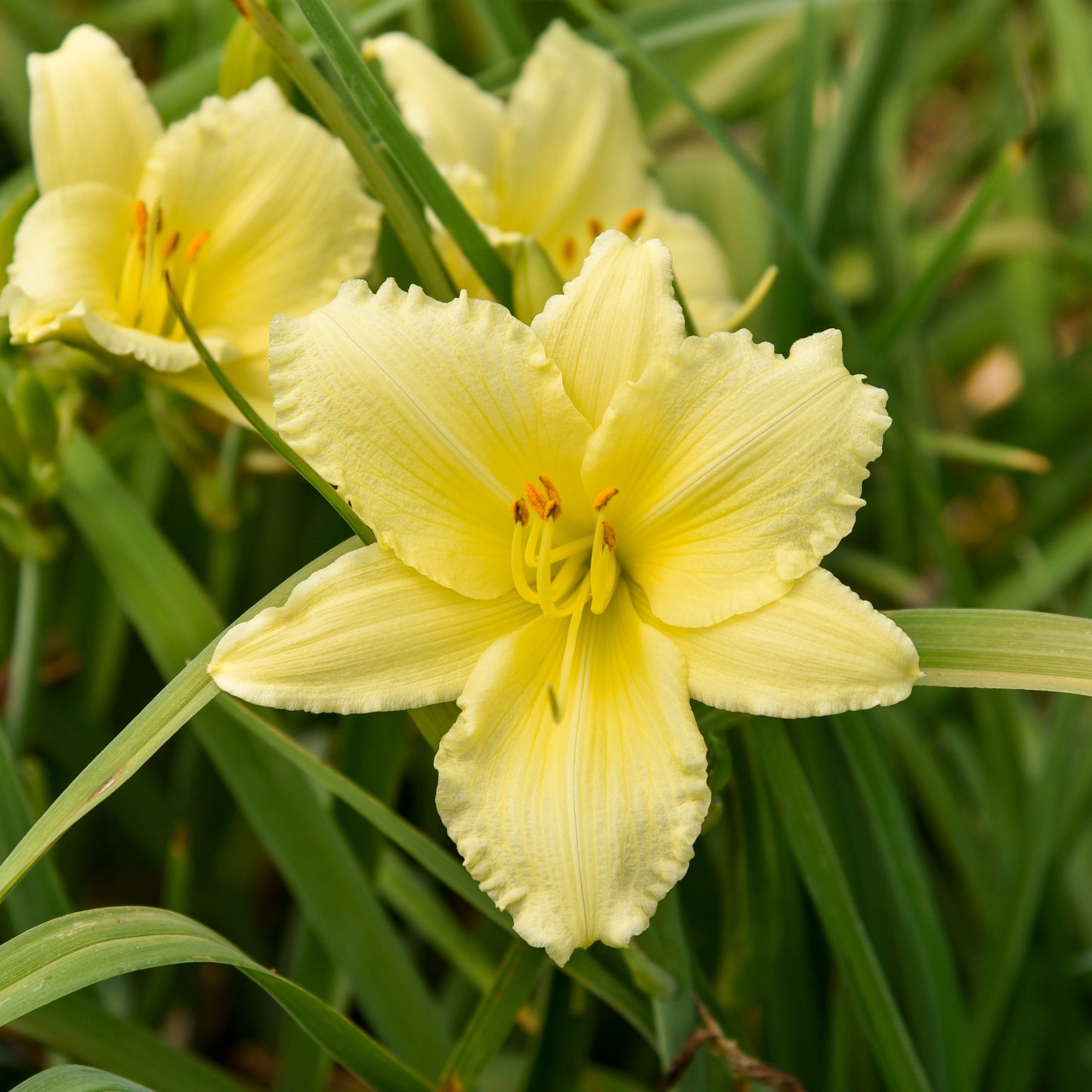
Related articles
-
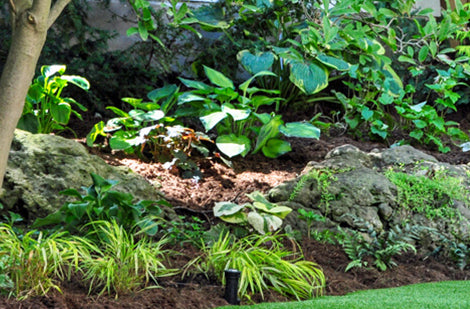
Perennials for all occasions
Read the articleOsez créer des associations inédites qui sauront refléter votre personnalité, même si pour cela vous deviez déplacer certaines vivaces pour mieux les mettre en valeur.
-
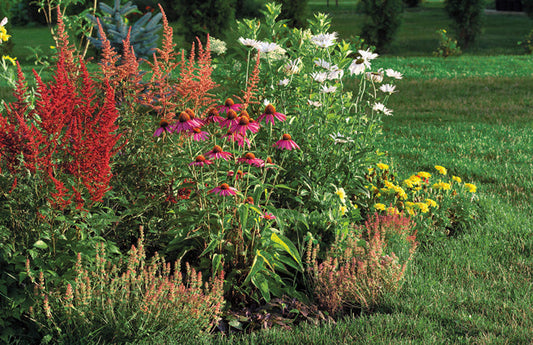
Landscaping with perennials
Read the articleVariétés à découvrir, la tomate se savoure crue, en sandwich, en bruschetta ou en salade. Cuite, c'est l'ingrédient de base de sauces, soupes et salsas.
-
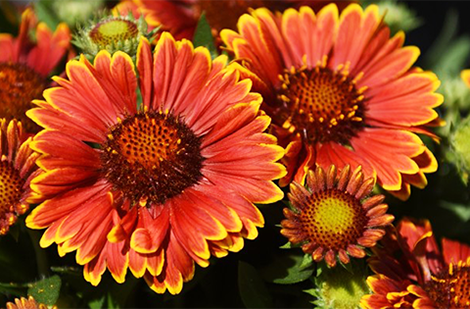
Perennials proper maintenance: cut and fertilize
Read the articleLa grande popularité des vivaces vient du fait qu'après avoir été oubliées pendant des mois au cours de l'hiver, elles réapparaissent sur la scène plus énergiques et surprenantes que par...
-
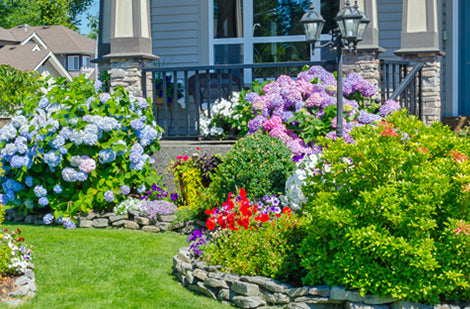
How to plant perennials in your garden
Read the articleEn pénétrant au jardin, ce sont souvent les plantes vivaces que l’on remarque en premier. Un massif de sauges, d’hémérocalles, d’astilbes, d’échinacées ou de lavande offre un spectacle d’une beauté...











